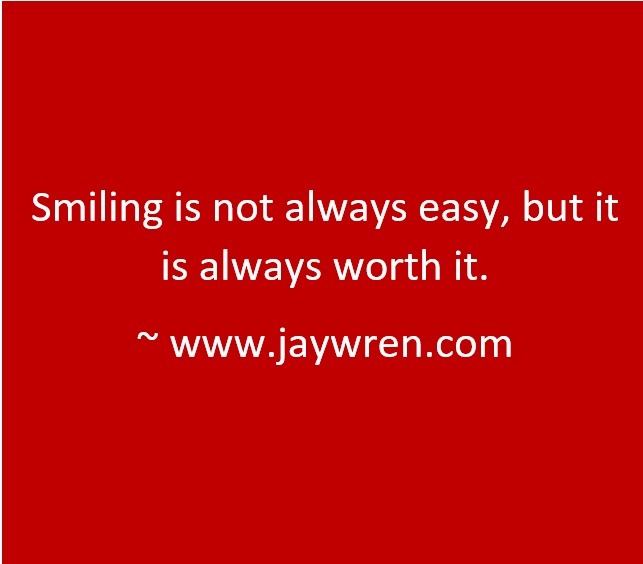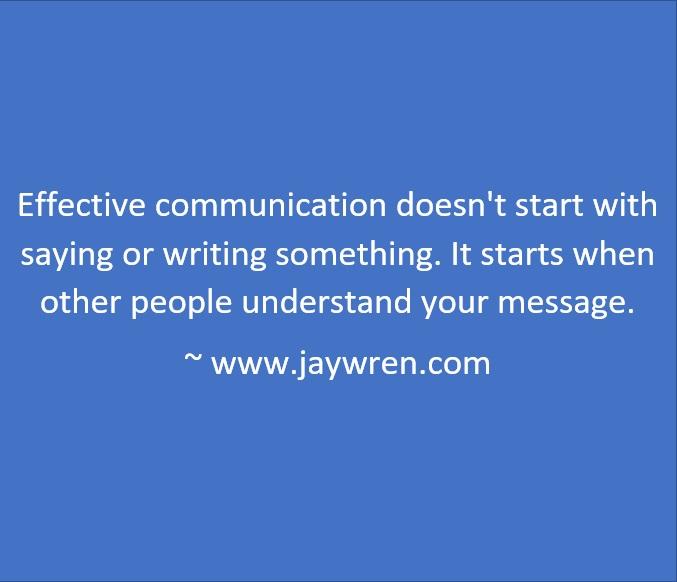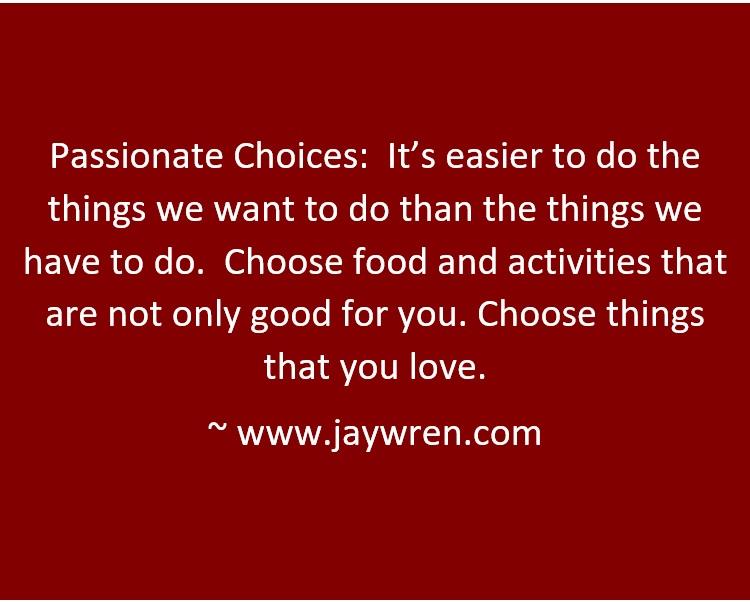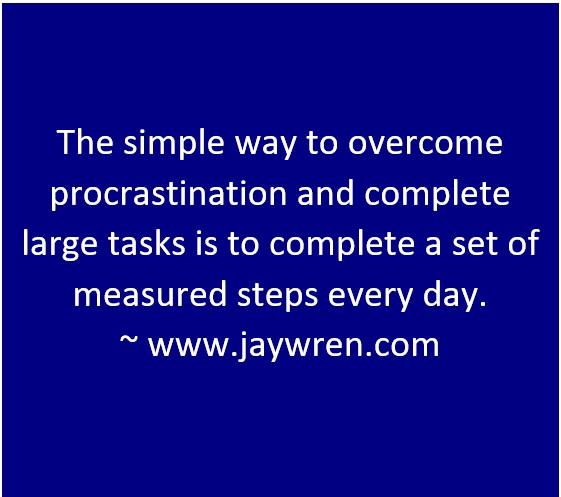Category: Personal and Professional Development
Healthy habits involve a combination of physical activity, balanced nutrition, sufficient sleep, stress management, and positive mental attitudes. These habits contribute to overall well-being, both physically and mentally. Healthy habits empower you to grow professionally, because you have a clearer mind and more energy.
Poise: Steps to Confidence and Increasing Your Potential
Poise is not always automatic. Nearly everyone feels uncertain and lacks poise from time-to-time. How do successful people restore their confidence and maintain their poise in challenging situations?
Poise starts between our ears and spreads through our heart and our gut and then outward through our face and our gestures. ~ www.jaywren.com
Situations that Weaken our Poise
Our insecurities can make it difficult for us to feel confident and poised. A lack of experience or a bad experience can undermine our poise. Situations where we fear people are judging us weakens our confidence and poise. Especially public speaking plays with our fears that people are judging us and undermines our ability to speak effectively.
My Personal Experience
Although I feel confident to give a prepared presentation, I can feel uncertain when I know that people are looking over my shoulder and judging me. When I first became a salesman, for example, I lacked the poise to give presentations in front of supervisors. It took months before I had the confidence to relax and be more effective. Not only did my product knowledge improve and lead to more confidence. I also learned that my role was not to show how impressive I was. Rather, I learned that the purpose of my call was to help buyers understand what they needed to know to make an intelligent decision about my programs and products.
Even with the increased comfort of giving sales presentations in front my supervisors, I learned the importance of developing skills for restoring my confidence and increasing my poise.
Poise: Steps to Confidence and Increasing Your Potential
Over time, I have developed tools to help me feel more confident. Some of these are simple. Others take time and practice. Here are tools I have developed to create energy and confidence around other people.
Breathe
You don’t have to stop for a 20-minute mindfulness meditation to use breathing to gather composure. Anxiety can suppress our breathing. A lack of oxygen creates even more anxiety. However, replenishing oxygen with a breath can reduce anxiety.
Breathe in slowly. Mentally focus on your breath. The process will give your body the oxygen to burn the adrenaline from anxiety. Furthermore, focusing on your breathing redirects your thinking from your anxiety to a calming breath and allows you to become spontaneous. You will return to an effective mental flow of your tasks. With the present moment mental flow, you will gather composure.
Listen with a Purpose
Focus on what people are saying. Ask yourself why they are saying those things. Think of how the information from other people is useful to you. Seeing the benefits in another person’s message takes your focus off your insecurities and creates positive feelings about what you are learning.
Practice Intelligent Silence
Intelligent silence is powerful. Attending meetings and listening helps us understand the proposals, the discussion, and the decisions. Additionally, listening helps us give meaningful feedback and input. We appear more thoughtful and poised. When we do speak, we become a valuable contributor to the discussion.
Bring an Agenda
Come to meetings with a list of things that you want to know and things you want to say. This approach is especially helpful when you are attending a job interview. Having the agenda in front of you creates focus and empowers you with confidence that you are at the meeting with a purpose.
Giving Support to Others
Giving your support to others in meetings takes your focus off your insecurities. In seeing how you can help others get their message heard, you create focus on the purpose of the meeting and not on how you feel about yourself.
Conclusion
Creating skills for poise can help us in every aspect of our careers. Additionally, these skills help us enjoy the times when we are with our friends and family. Equally important, these skills even help us get out of our head and into the flow of the present moment. When we are working alone or simply relaxing alone, we can enjoy the pleasures of poise.
Effective Communications: 7 Steps to Being Understood
Effective Communications are part of the job for professionals in all types of fields and responsibilities. Here are 7 ideas for communication success.
Headlines
Even when speaking, you will help people understanding you with a headline. The headline states the topic. “Bill, let’s talk about the plan for this weekend” is a simple sentence that let’s Bill know what you are discussing.
In writing, where you put the headline depends on what you are writing. In a letter or an email, the headline goes in to the subject. In your LinkedIn profile, the headline goes next to your name. In a resume, the headline can be a short statement below your contact information.
Clear Communication: The Opening Paragraph
For most effective communication, state the purpose of the discussion in the opening paragraph. Note that the purpose is more than the subject. The purpose includes the subject and the reason for discussing that subject. For example,
“So, that we don’t overlook anything, Bill, let’s talk about the plan for this weekend.”
One Subject at a Time
Whether writing or speaking, you will have more success by sticking to one subject at a time.
Busy people tend to look for the point. Once they find it, their mind is ready take action or to file the information.
Additionally, jumping back and forth on different subjects confuses people.
New Subject Introduction
Sometimes, you need to discuss several subjects in one meeting or correspondence. When you do, you can help the other person follow your discussion with transitional tools.
In a conversation, you can state that you are moving on to a new subject.
When writing, use subheadings, all caps, bold type, or initial caps at the beginning of each subject. The switch from normal style to one of these four styles highlights that you are moving on to a new topic or subtopic.
The reader may only have time to scan information. Your key points stand out in the brief statements that you highlight with subheadings and initial caps.
Transitional Devices
Transitional devices are a bridge to help the reader follow you from one sentence or paragraph to the next. Additionally, these words or phrases can help your reader know whether you are adding more information on a subject or moving on to a new one.
They are signals to smooth the flow of your message.
Here are some examples.
- Write a transitional statement such: “Now I would like to discuss a new subject.”
- Use transitional words such as “also, so, for this purpose, later, furthermore.
- Time categories help you reader following your message: First, Second, Third, and so forth.
- Additionally, bullet points or numbered lists are excellent when making short phrases are statements.
Proofreading
Grammar is as important as content. I carefully proofread what I have written and use word processing software to check for mistakes. I still make mistakes. If you see any mistakes in my writing, please let me know.
Vocabulary Development
I make it a habit to look up words I don’t know. Furthermore, my curiosity prompts me to read articles about new terms. Today, in this digital world, the flow of information gives me the opportunity to grow professionally and personally.
Here are some examples of new words or topics I have learned in the past 5 to 10 years.
- “Disruptive” in reference to innovation
- “Emotional Intelligence“
- “Mindfulness” in reference to focusing attention on the present moment; also, in reference to breathing meditation
Effective Communications: Conclusion
In conclusion, the formula for saying or writing anything is simple. Start with a headline. Second, state the subject in the opening sentence. If you wish to write about multiple topics, just say so clearly in the opening.
Use capital letters, subheadings, and transitional devices to introduce each new subject.
Your listeners and readers will appreciate your effort to communicate effectively.
Furthermore, you will find that people take more action and give you better responses with effective communications.
Passionate Choices: Making Success a Natural Lifestyle
Passionate Choices: Common sense tells us to sleep, exercise, and eat correctly. How do we find the passion for making healthy choices?
Are You Struggling?
If you are struggling, you are not alone. Tens of millions of Americans do not get enough sleep, do not exercise regularly, and eat processed food that makes them overweight.
Common Sense is not Enough.
It seems to me that most people have the common sense to know how their energy, mental clarity, and self-esteem rise with healthy habits.
However, according to the National Institute of Health, one-third of Americans are not getting enough sleep. Two-thirds of Americans are overweight or obese.
Spending Money is Not the Answer.
According to various articles online, Americans spend between $40 and $60 billion each year on sleep aids, weight loss, and exercise programs.
Taking sleep aids may make it easier for us to fall asleep. People who stay up too late and take a sleep aid to go to sleep are more tired than people who simply go to bed on time.
Believing that a financial commitment will lead to a change of behavior, people sign a year-long contract to a gym in January. By March, most people had stopped going regularly. Others do not go at all.
Additionally, other people buy expensive exercise equipment. Much of this equipment ends up gathering dust in the corner or on Craigslist.
Passionate Choices: How People Form Healthy Habits
People talk all the time about following their passion in their careers. To create healthy habits in our lives, we must find healthy habits that stir our passions for healthy living.
No one has needs to tell avid golfers to get off the sofa. They are too passionate about playing golf to care about the sofa. Tennis, fishing, soccer, softball, basketball, running, sailing, or any exercise that stirs our passions are good choices for creating new habits.
I have switched activities from time to time. But I continue to find new physical activities that I love.
As for eating healthy foods, I have never given up cake or ice cream. However, for 6 days of each week, I eat things that are healthiest for me instead. I have good luck with eating a ketogenic diet. My eating plan is 10 percent carbohydrates, 20-25 percent protein, and 65-70 percent protein. I track what I eat and track my weight.
About once a week, I purposely drift away from my eating plan to eat the most indulgent things I can find. And I reminded myself the next day that I had planned to eat that way for one-day week.
Then I return to my keto eating plan. The indulgent day kick-starts my metabolism into high gear. It is not just a day of pleasure. The indulgent day is a day of necessity. I have fun and feel passionate about the way I eat and about the results.
Measured Steps: Overcoming Procrastination and Achieving Success
The simple way to overcome procrastination and complete large tasks is to complete a set of measured steps every day.
Jay Wren
Measured Steps: Some projects require months, even years to complete. How do successful people set deadlines and achieve success throughout the year?
Project Management
Large organizations have people who specialize in project management. Many of these people have years of experience. Additionally, project managers often have certifications that qualify them to manage large projects.
But what about the people who don’t have the capacity to hire project managers? How do sole proprietors and small start-ups keep projects moving ahead on time?
Procrastination
Anyone can suffer from procrastination. Especially, large projects can discourage people from even starting to work on them.
The easiest way to overcome procrastination is to take one simple action. If you need to go for a run, first just lace your shoes.
Simple, Identical, Daily Reminders Are Useless
For large projects, a simple, daily, identical reminder to work on routine daily tasks is pointless. Why do you even create daily general reminders for something that you do every day?
Here are some examples routine tasks that you can omit from your daily reminders: read emails, return phone calls, attend 10:00 AM daily meeting.
On the other hand, you should have a list of tasks as they pertain to specific issues. For example, “Call ABC’s buyer to confirm the order.” “Schedule a meeting with the distribution team to solve delivery issues.”
Specific Measured Steps
For me, dividing a task into smaller tasks is effective for completing long-term larger projects. I schedule these steps according to priority and deadline. I measure them in terms of details, time, date, and time allowed for each of these steps.
Whether a person is writing a book or starting a retail business, they can create a list of the steps that they must take to reach finishing the project. Then break these measured steps into achievable daily goals.
In some cases, you must have tasks running simultaneously. Even though the tasks are simultaneous, you can’t do either of these two things at the same time. Therefore, break your task into units that you can complete during a single day.
List these things on your daily calendar as specific measured steps in terms of details and time you will spend on a task and the time you will start it.
Conclusion
Can’t afford project managers? These steps help you create your own system for managing large projects.
Self-Awareness: How Knowing Yourself Creates Success
Self-awareness: Some people become victims of their feelings and thoughts. How can developing self-awareness change victim thinking to action thinking?
Self-awareness is knowing and understanding how our feelings and thoughts occur inside our own mind and body. Furthermore, this knowledge and understanding can show us effective ways to act on the things that trigger the way we see and respond to the world.
The Negatives of Lacking Self-Awareness
In response to pain from the past, present, or future experiences, we often turn our focus on what’s happening in our mind and in our body. We have a sensation of lack of control over our circumstances. We don’t focus on solutions. Instead, we turn painful thoughts over and over in our mind.
The most difficult thoughts are those about things beyond our control. By focusing on our faults, we add to the frustration and fear that we experience. When these feelings become intense enough, they blind us to options and solutions. We feel trapped.
The Benefits of Self-Awareness
On the other hand, people who are self-aware know that feelings happen inside themselves. They turn their focus away from their feelings and thoughts and toward the world around them. These people live in the present moment. They don’t think about the past or the future. Additionally, they trust that however things turn out, they have the ability to develop to tools to deal with them. In short, they have confidence and know freedom from fear and frustration.
Relationships: A Higher Level of Self-Awareness
Furthermore, people with self-awareness are available and engaged with others. They have a higher capacity to listen and a greater capacity to respond appropriately.
Self-awareness empowers people to be more successful leaders and better friends. They realize the effect their actions have on the people around them.
Furthermore, people who are aware of how their actions affect other people become more effective in motivating others, in changing public opinion, and have the potential to direct large masses.





